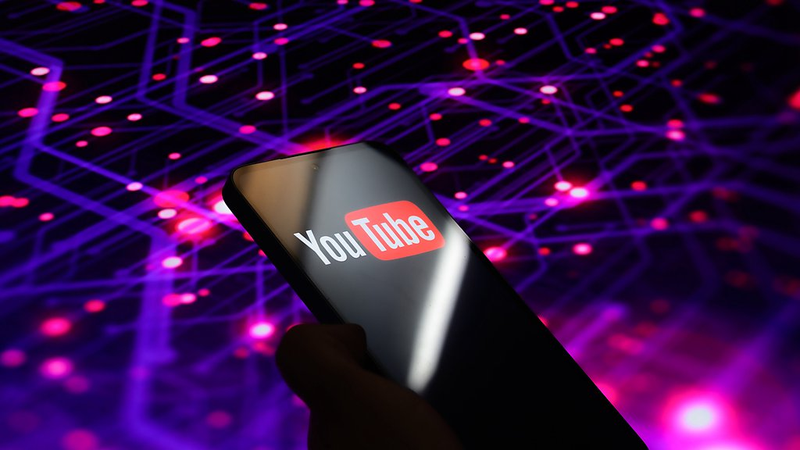Imagine scrolling through YouTube on your phone when a subtle prompt appears, not asking for your birth date but silently analyzing your past watch history. That’s the reality for a small group of U.S. users now testing YouTube’s new AI-powered age-verification system.
Starting this week, YouTube will use artificial intelligence to estimate whether logged-in viewers are over or under 18, based on the videos they’ve watched. The trial covers only a slice of its U.S. audience but could expand nationwide if it performs as accurately here as it does overseas.
Once the AI flags a viewer as a minor, the platform automatically applies existing safeguards. These include reminders to take breaks, privacy warnings, filtered video recommendations, and the removal of tailored ads for anyone under 18.
Users incorrectly identified as minors can verify their age by submitting a government-issued ID, swiping a credit card, or uploading a quick selfie. This step ensures that genuine adults won’t face unnecessary restrictions.
The rollout comes amid growing political pressure in Washington. In late June, the U.S. Supreme Court upheld a Texas law to block minors from online pornography, prompting platforms to beef up age-checks across all types of content.
While YouTube is stepping up its own efforts, debate continues over responsibility. Some argue Apple and Google should enforce age gates in their app stores, but both tech giants have resisted taking on that role.
Digital rights advocates, including the Electronic Frontier Foundation and the Center for Democracy & Technology, caution that advanced age verification could infringe on privacy or chill free speech. They urge platforms to strike a careful balance.
If YouTube’s AI pilot succeeds, we may soon see a smarter global standard for keeping minors safe online—one that marries cutting-edge tech with thoughtful privacy protections.
Reference(s):
YouTube testing a new AI-powered age verification system in the U.S.
cgtn.com



